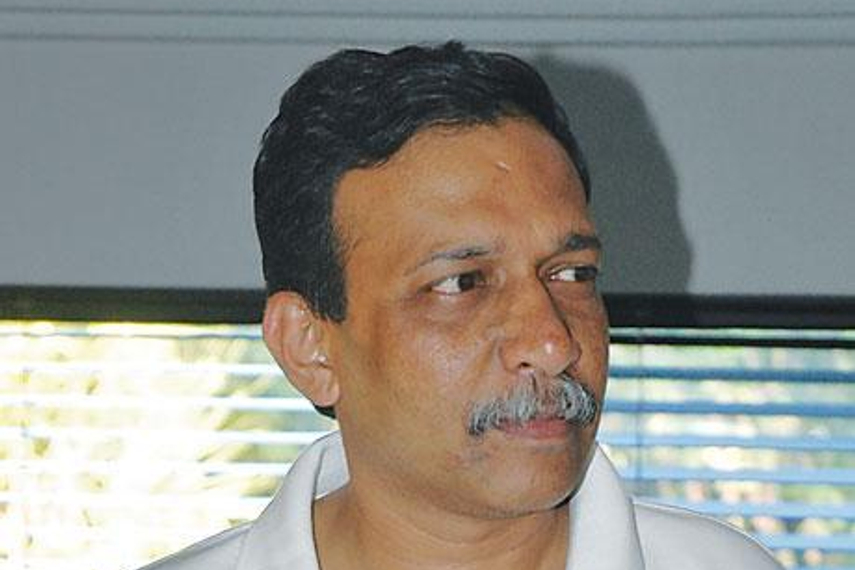
Last morning, I annihilated The Economic Times crossword with my first cup of tea and got pulped into submission by The Hindustan Times one and left for office for a scheduled 9.00 appointment. Reached the office only to discover that my appointment was delayed.
Since I now had some time to while away, I decided to read some football blogs (which I shunned for some time, thanks to Liverpool’s horrible displays till Kenny D brought back sunshine into my life).
Read the blogs on bbc.com, on The Telegraph and then moved onto The Guardian.
And I read this on a fantastic piece of writing by Martin Kelner:
“Watching highlights of the 1981 FA Cup final replay between Manchester City and Tottenham Hotspur on ESPN Classic, two things struck me. First, the greatness of Glenn Hoddle, often obscured by later wackiness, and second, how the commentary of the late Brian Moore let the game breathe, allowing you to decide for yourself how it was going, to create your own narrative, as you might do if you were in the ground.”
You can read Kelner’s whole post here.

